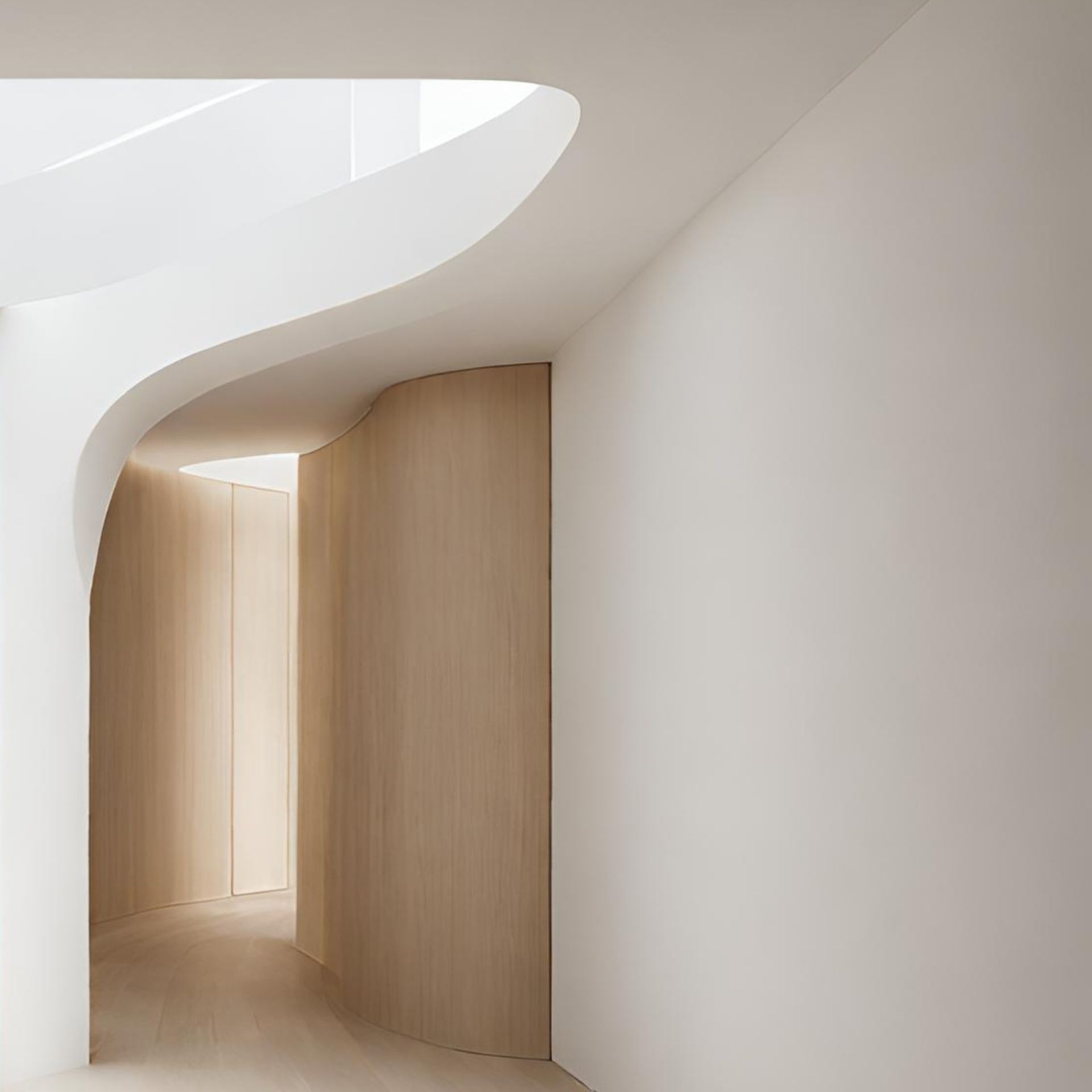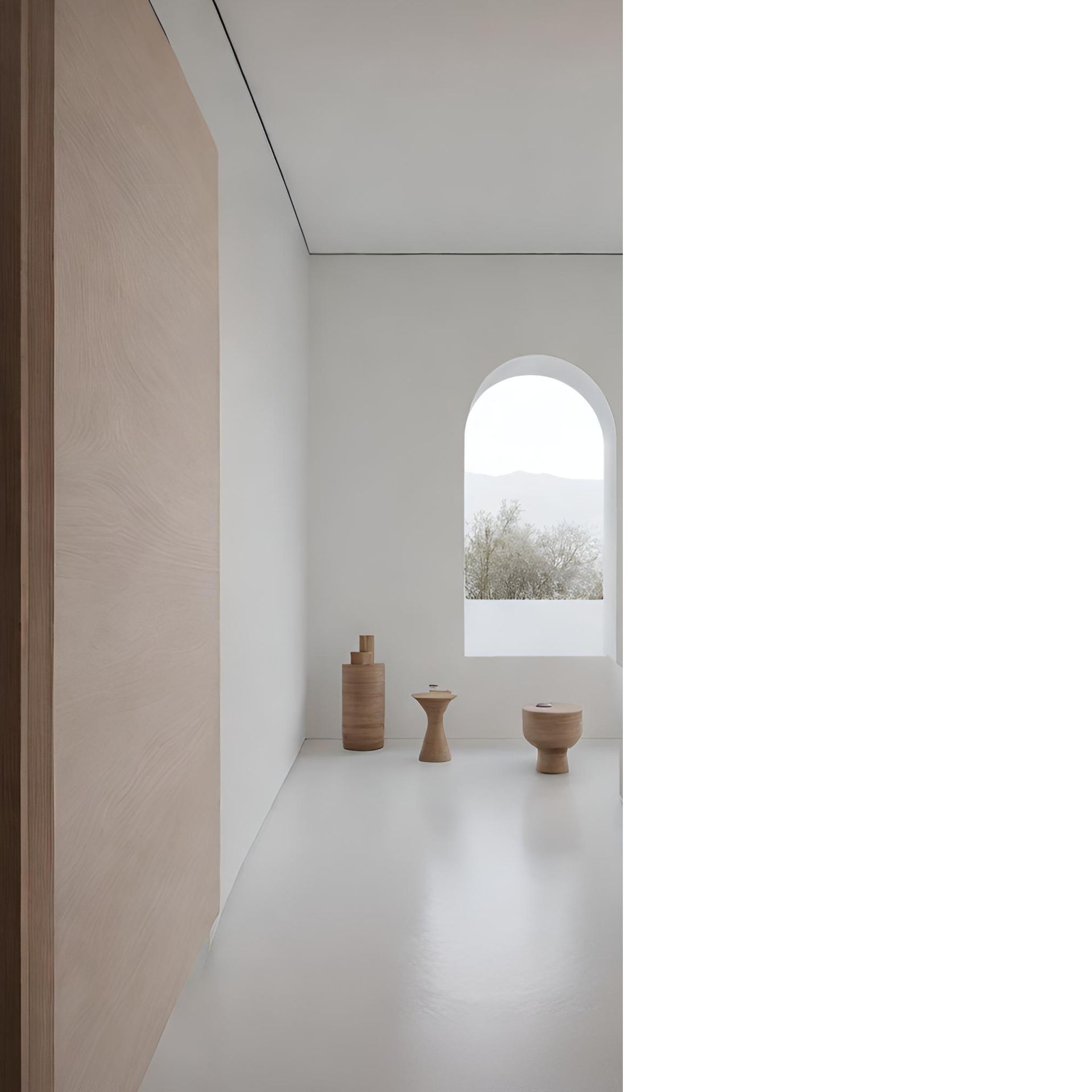Breathing Easy: How to Design Indoor Spaces for Clean Air and Healthy Lungs
People tend to spend the majority of their time indoors. More precisely, or scary, it is 90% of our time. Homes, offices, gyms, leisure activities, caffes, restaurants. All in enclosed, built settings.
Today, when indoor air quality is often compromised by pollutants and contaminants, the need for conscientious design has never been more urgent. I'm passionate about sharing with you the essential principles and practices for designing indoor spaces that prioritize clean air and promote healthy lungs.

Understanding Indoor Air Quality
Indoor air quality (IAQ) is a critical determinant of occupant health and comfort. Unfortunately, many indoor environments suffer from poor IAQ due to factors such as inadequate ventilation, off-gassing from building materials, and the accumulation of airborne pollutants. These pollutants can include volatile organic compounds (VOCs), particulate matter, allergens, and even mold spores—all of which have the potential to compromise respiratory health and contribute to a range of health issues, from allergies and asthma to more serious respiratory conditions.
The WELL and LEED Standards
In the pursuit of healthy indoor environments, two standards stand out as beacons of excellence: the WELL Building Standard and LEED (Leadership in Energy and Environmental Design) certification. Both frameworks provide comprehensive guidelines for designing and constructing buildings that prioritize occupant health, with a particular emphasis on indoor air quality. By adhering to the rigorous criteria set forth by these standards, architects and designers can ensure that their projects not only meet but exceed the highest standards of indoor environmental quality.
Strategies for Clean Air
So, what are the key strategies for designing indoor spaces that promote clean air and healthy lungs? Here are some essential principles to consider:
- Effective Ventilation: Proper ventilation is the cornerstone of good indoor air quality. By ensuring adequate fresh air intake and efficient air circulation, architects can minimize the buildup of indoor pollutants and maintain optimal IAQ levels.
- Low-Emission Materials: The materials we choose for interior finishes, furnishings, and construction have a significant impact on indoor air quality. By selecting low-emission materials that are free of harmful chemicals and VOCs, architects can reduce the risk of indoor air pollution and create healthier indoor environments for occupants.
- Air Filtration Systems: In addition to ventilation, air filtration systems play a crucial role in removing airborne contaminants and allergens from indoor air. By incorporating high-efficiency particulate air (HEPA) filters and other advanced filtration technologies into building HVAC systems, architects can further enhance indoor air quality and protect occupants' respiratory health.
- Natural Ventilation: Where feasible, natural ventilation systems can provide an effective and energy-efficient means of supplying fresh air to indoor spaces. By harnessing natural airflow patterns and strategically positioning operable windows and vents, architects can facilitate passive ventilation and reduce reliance on mechanical HVAC systems, thereby minimizing energy consumption and environmental impact.
The Bottom Line
In conclusion, designing indoor spaces for clean air and healthy lungs is not just a matter of compliance—it's a moral imperative and a fundamental commitment to the wellbeing of occupants. As architects and designers, it is our responsibility to prioritize IAQ in every aspect of our practice, from material selection and building design to ongoing maintenance and operations. By embracing the principles of the WELL Building Standard and LEED certification, we can create indoor environments that not only support respiratory health but also foster a greater sense of wellbeing and vitality for all who inhabit them.


